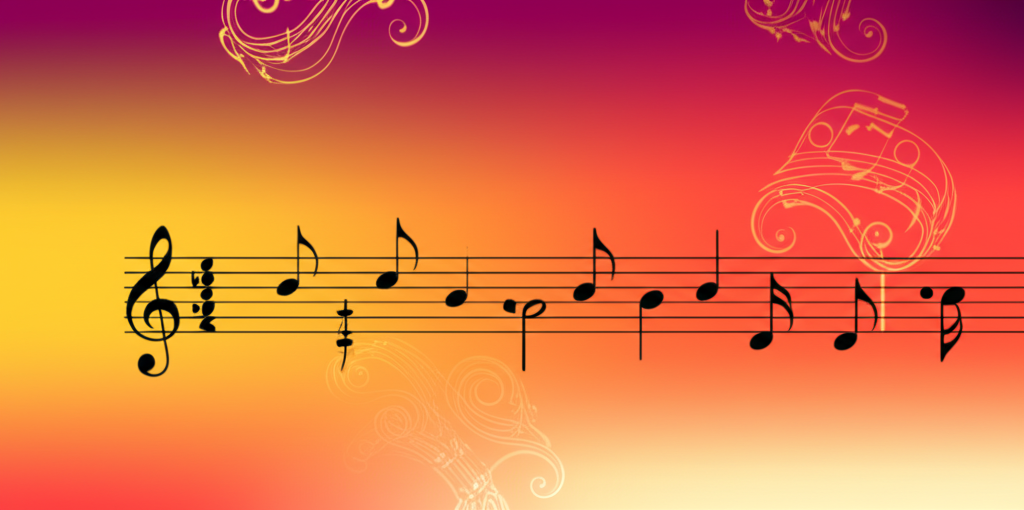Exploring the Neapolitan Major Scale: A Comprehensive Guide
The Neapolitan Major scale is a fascinating and somewhat exotic scale that offers a unique sound palette for composers and improvisers. This scale, also known as the Lydian Dominant scale, is a staple in various musical genres, from classical to jazz and beyond. In this article, we will delve deep into the Neapolitan Major scale, exploring its construction, historical context, and practical applications.
What is the Neapolitan Major Scale?


The Neapolitan Major scale is a seven-note scale that can be thought of as a major scale with a raised fourth and a lowered seventh. Its intervallic formula is: 1, 2, 3, #4, 5, 6, b7. This creates a sound that is both bright and tense, making it ideal for creating dramatic and expressive musical moments.
Historical Context and Musical Significance
The Neapolitan Major scale has roots in both classical and jazz music. In classical music, it is often associated with the Neapolitan school of composers, who used it to create rich harmonic textures. In jazz, the scale is frequently used over dominant seventh chords with a raised eleventh, adding a modern and sophisticated flavor to improvisations.
Technical Construction
To construct the Neapolitan Major scale, start with a major scale and raise the fourth note by a half step and lower the seventh note by a half step. For example, in C Neapolitan Major, the notes would be: C, D, E, F#, G, A, Bb.
Interval Pattern
- Root (1)
- Major second (2)
- Major third (3)
- Augmented fourth (#4)
- Perfect fifth (5)
- Major sixth (6)
- Minor seventh (b7)
Practical Applications
The Neapolitan Major scale is versatile and can be used in various musical contexts. Here are some common applications:
Classical Music
In classical music, the Neapolitan Major scale is often used to create dramatic and expressive passages. Composers like Debussy and Ravel have employed this scale to evoke a sense of mystery and tension.
Jazz
In jazz, the Neapolitan Major scale is frequently used over dominant seventh chords. For example, a C7#11 chord would pair perfectly with the C Neapolitan Major scale.
Rock and Pop
In rock and pop music, the Neapolitan Major scale can add a unique and modern twist to solos and melodies. Bands like Radiohead and Muse have used this scale to create distinctive sounds.
Progressive Exercises
To master the Neapolitan Major scale, try these progressive exercises:
- Play the scale ascending and descending on your instrument.
- Practice the scale in different keys.
- Improvise over a backing track using the Neapolitan Major scale.
- Compose a short piece using the scale.
Common Usage in Different Genres
The Neapolitan Major scale is used across various genres. Here are some examples:
- Classical: Used in orchestral and piano compositions for dramatic effect.
- Jazz: Used over dominant seventh chords for improvisation.
- Rock: Used in solos to add tension and excitement.
- Pop: Used in melodies to create a modern sound.
Conclusion
The Neapolitan Major scale is a powerful tool for musicians looking to expand their harmonic and melodic vocabulary. By understanding its construction and applications, you can incorporate this scale into your playing and composing to create unique and expressive music.
